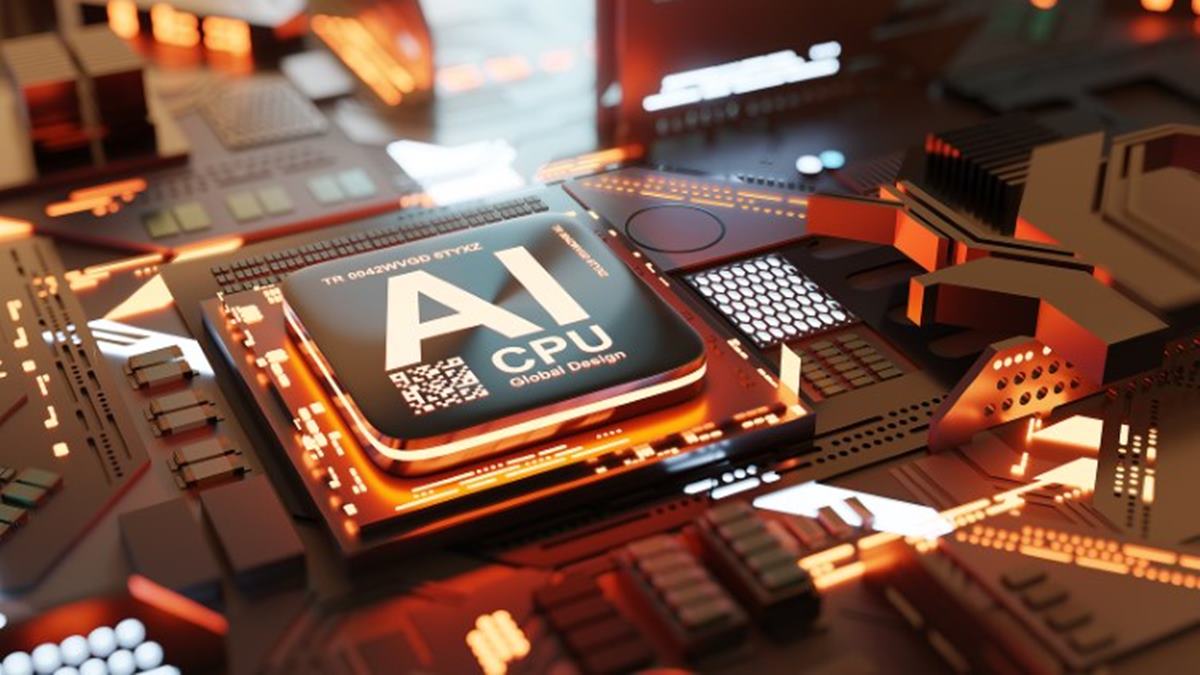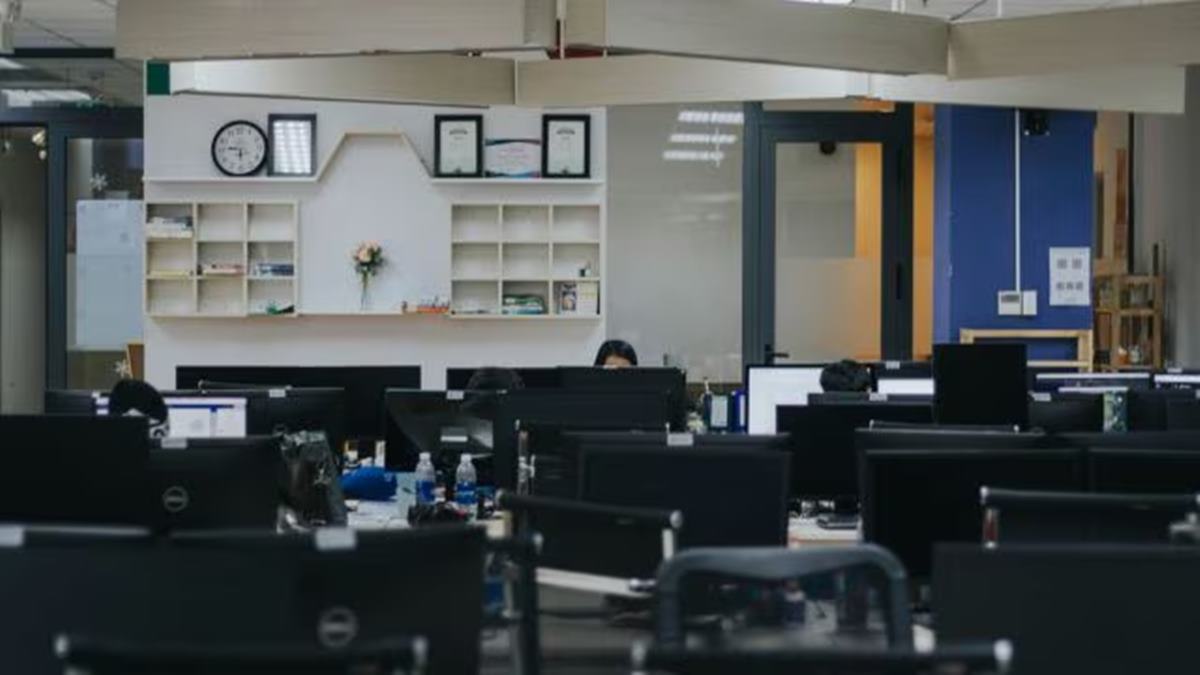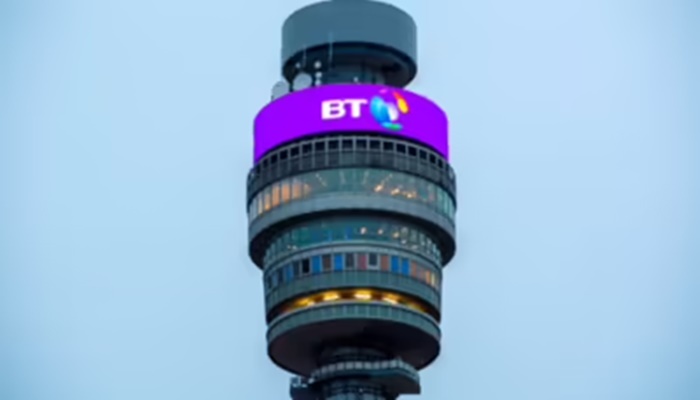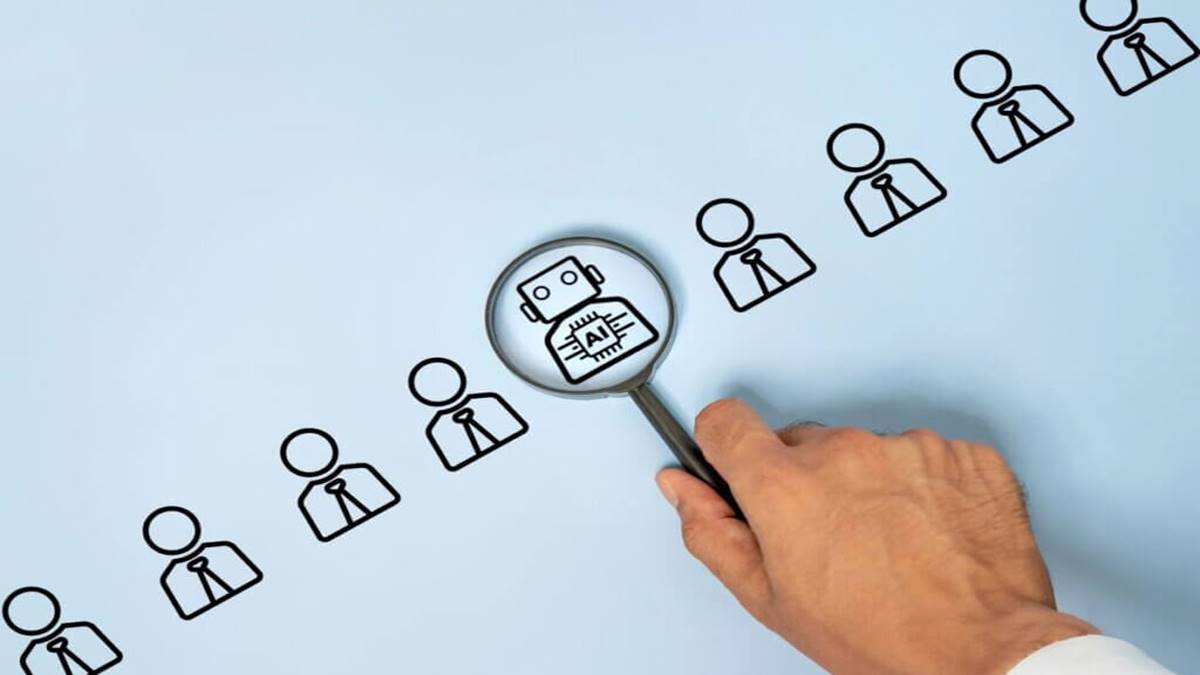Experts have only recently begun to consider the monumental impact of AI on the future of work, and while the exact speed at which this transformation happens is still unknown, now is the time to think about what is to come. Statistics show that education, income, and gender inequalities are growing in the U.S. and, in some cases, outpacing other OECD countries. A failure to critically engage with AI policymaking will only further inequality and expand the gaps in access to STEM and technological literacy in the middle class — leading to significant job loss and replacement. Multi-stakeholder engagement in AI policymaking and a rethinking of continued learning for middle-class adults will be instrumental in navigating the gaps in employment left by AI.
Rarely has such unfolding transformational change been in plain view yet elicited so little forethought of the large-scale social repercussions. While the extent and speed with which jobs will be lost to AI is unclear, the U.S. should take a lesson from its earlier China Shock episode and prepare ahead of time for a wave of lost employment by upping workers’ skills for the jobs that AI will create. Moreover, with inequality already approaching unprecedented levels, U.S. democracy won’t survive if all the benefits of AI flow to capital, as happened during globalization. Some of the productivity gains would be better spent on avoiding a new cohort of losers.
The Middle Class Will Be Hurt This Time
There is no end to the warnings. The IMF has proclaimed that about 60% of jobs may be impacted by AI in advanced economies. Roughly half of the exposed jobs may benefit from AI integration, enhancing productivity. For the other half, however, AI applications may execute key tasks currently performed by humans, which could decrease labor demand, leading to lower wages and reduced hiring. In the most extreme cases, some of these jobs may disappear altogether. With rapid advances towards agentic AI capable of perceiving the environment around it, reasoning, planning, and taking action to achieve complex, multi-step goals with minimal human intervention, the balance could shift to more jobs lost.
JP Morgan has said that “half of the vulnerable jobs in the United States will be automated away over the next 20 years.” The bank’s analysis indicates that unlike with past technological advances where lower skilled jobs were made redundant, those most at risk with AI would be “white-collar professional service jobs such as budget analysis and technical writing,” contending that “[these jobs] look more vulnerable than childcare work or pipelaying.”
A 2023 Pew Research Center study showed that “workers with a bachelor’s degree or more (27%) are more than twice as likely as those with a high school diploma only (12%) to see the most exposure” and be at risk of losing their jobs.
More recently, Dario Amodei — CEO of Anthropic, one of the world’s most powerful creators of artificial intelligence — has made perhaps the scariest prediction so far: “AI could wipe out half of all entry-level white-collar jobs — and spike unemployment to 10-20% in the next one to five years.” He argues that “AI companies and government need to stop ‘sugar-coating’ what’s coming: the possible mass elimination of jobs across technology, finance, law, consulting, and other white-collar professions, especially entry-level gigs.” Ford Company CEO Jim Farley agrees with Amodei’s prediction on white collar jobs, arguing on the other hand that demand for trade skills will surge with the AI boom requiring workers to build and service data centers: “There’s already a massive shortage of trade workers.”
Not surprisingly, “experts are far more positive and enthusiastic about AI than the public,” according to an April 2025 Pew Research Center poll. “Far more of the experts we surveyed believe these technologies will benefit (76%) rather than harm (15%) them personally” while the “public is far more likely to think AI will harm them (43%) than benefit them (24%),” Pew explained. Among the experts, men are much more likely to be optimistic about AI than women. A majority of experts and the public agree on the need for more regulation.
How Much Should We Worry?
Harvard Business School’s Christopher Stanton cautions that predictions about job loss are difficult to make. “We had lots of discussion in 2017, 2018, 2019, around whether we should stop training radiologists,” Stanton has pointed out. “But radiologists are as busy as ever and we didn’t stop training them. They’re doing more and one of the reasons is that the cost of imaging has fallen. And at least some of them have some AI tools at their fingertips.”
At the same time, Stanton points to some categories of jobs that will be eliminated. “It looks like a lot of the code for early-stage startups is now being written by AI. Four or five years ago, that wouldn’t have been true at all.” Many of the graduates who went into STEM because it was safe are now finding some jobs have been eliminated. At the same time, studies of the randomized rollout of conversational AI tools or chatbots show that lower-performing workers or workers who are at the bottom of the productivity distribution disproportionately benefit from that AI rollout tool. If these workers have knowledge gaps, the AIs fill in for the knowledge gaps.
Jobs most at risk include ones involving repetitive tasks, data processing, and basic customer service: retail cashiers, telemarketers, and many administrative occupations such as scheduling and record-keeping. The World Economic Forum believes that “women are also more likely to have jobs that are being disrupted by automation and GenAI, such as administrative assistants.” WEF also sees fewer women entering the AI field even though more women than men go to university. The exception is China where women are involved in public policy making, AI research, and AI education.
Of course, every technological innovation sprouts new jobs: McKinsey believes job growth will be more concentrated in high-skill jobs across different professions from healthcare to science and technology, engineering, and manufacturing. However, other trends unrelated to AI, such as climate change, will shape the future employment landscape. In another report, WEF surveyed 1000 employers around the world who predicted that about 170 million new jobs will be created this decade, with farmworkers at the top of the list along with AI professionals. WEF explained that “green transition trends, including efforts to reduce carbon emissions and adapt to the climate crisis, will drive growth that will create 34 million additional jobs by 2030, adding to the 200 million farmworkers today.”
Could AI Be Derailed?
There is scientific research that questions the intellectual advances of Large Language Models (LLMs) and their ability to supersede human intelligence. Recent research has cast doubt on whether those models have even a basic understanding of general logical concepts or an accurate grasp of their own “thought process.” According to scientific studies these “‘reasoning models’ can often produce incoherent, logically unsound answers when questions include irrelevant clauses or deviate even slightly from common templates found in their training data.” Eric Schmidt, who has been an AI promoter, now believes U.S. technology chiefs are on the wrong path, maintaining that AI superintelligence may be a chimera.
For a long time, observers have worried about the racial, gender, and other biases that were built into the training data for the model(s). Scientists don’t believe they can eliminate all bias, although they are developing methods to hopefully reduce it. Nevertheless, a few high-profile court cases in which there has been discrimination in hiring due to LLMs’ biased evaluation of the different candidates or where candidates are refused credit could highlight the fallibility of LLMs. Research has also shown that LLMs can generate biased outcomes in legal assessments, potentially leading to unfair judgments against marginalized groups.
There are other problems in companies implementing AI. RAND reported that more than 80% of AI projects fail, twice the already-high rate of failure in corporate information technology (IT) projects that do not involve AI. RAND cited a number of reasons, ranging from a lack of the right data on the part of the business wishing to employ AI to an over-focus on using the latest and greatest technology rather than solving real problems that AI might not be adapted to. Finally, according to Rand, “AI projects fail because the technology is applied to problems that are too difficult for AI to solve.”
According to S&P Global Market Intelligence’s 2025 survey of over 1,000 enterprises across North America and Europe, 42% of companies abandoned most of their AI initiatives this year — a dramatic spike from just 17% in 2024. The average organization scrapped 46% of AI proof-of-concepts before they reached production. Those “outliers” that do succeed — often taking multiple tries and making changes — saw great success with increased productivity. AI implementation might be slower and more limited than suggested by the hype, but the benefits will remain attractive to businesses and governments who succeed.
Taking Off the Rose-Colored Glasses
Tech, like globalization in the 1990s, is too often viewed as a vehicle of universal progress while observers tend to ignore the effects of creative destruction. Marc Andreesen’s Optimist Manifesto, which heralds the advent of unstoppable AI, is comparable to Bill Clinton’s embrace of globalization as a force of nature, akin to wind or water.
Like other technologies, AI can transform our lives with positive changes, but the excesses should not be ignored. Early nineteenth century industrialization brought misery, sickness, and cruelty to children as young as five-years-old employed in textile factories working 12-hour days. One can still be an optimist without losing touch with reality. AI’s disruption of the white-collar jobs market needs to be tackled; otherwise, it will turn into further fodder for populism.
One way would be better equipping Americans with the needed STEM skills, as well as instituting life-long learning for adults. The average half-life of skills is now less than five years, and in some tech fields accelerated by AI, it’s as low as two and a half years. Some large businesses have been reskilling programs to better equip their workforces to keep up with rapid tech changes. But so far, it is too little, too late. There is an urgent need to rethink education, prioritizing skills training. One recent BCG study indicates that the investments in reskilling represented only 1.5% of those organizations’ total budgets. Even before the AI craze, the OECD was highlighting that as digitalization spread, millions of workers would need to be entirely reskilled. The case is even stronger today.
In general, the U.S. has let its educational standards slip badly. Average U.S. student assessment scores “rose through the 2000s, plateaued during the 2010s, and then declined sharply during the pandemic.” Compared to other rich countries, U.S. students rank 28th out of 37 OECD member countries in math, according to the latest tests by the Program for International Student Assessment (PISA). U.S. students did better on science, ranking 12th out of 37 OECD countries.
Besides not achieving the top position in the PISA rankings, what sets U.S. students apart from other nationalities — and may help explain the more middling scores — is the significant gap between high and low achievers that does not exist for other countries. Since 2012-15, “there is a stark separation in trends across percentile groups: The lower percentiles trend downward, while the relatively higher percentiles are closer to zero,” according to an American Enterprise Institute (AEI) study. The gap is present across all subjects and has “widened considerably” during the past decade.
Moreover, continuous surveys of the literacy and numeracy of the U.S. adult population (ages 16–65) show steep declines after 2017, like the student scores, though a bit later than the date — 2012-15 — for the declines in the student population. The widening educational gaps reflect the growing class divisions as the lower student and adult scores appear to correlate with more screen time and less time spent reading, as well as lower household income. If technology and globalization helped build middle classes in developing countries, it widened U.S. income and wealth divisions. Among advanced economies, the U.S. is among the most unequal countries in terms of income and wealth, largely due to the rich growing richer. AI will make this worse unless there is a concerted effort to avoid a bifurcated future.
China Shock has turned into a catch-all phrase useful for blaming all ills on China. Originally, however, the term referred to the manufacturing jobs lost with globalization and the corresponding inability of those out-of-work to move on and find new, equally rewarding jobs. We know the political ramifications of this dynamic. According to economic historian Carlota Perez, populism is “typical of a midway turning point in the diffusion of a technological revolution.” In the earlier industrial cycle, Henry Ford’s assembly line led to similar — if more extreme — politics of fascism and communism in 1930s Europe that the U.S. largely avoided due to the beginnings of the welfare state under FDR. Knowing the likely impacts of AI on the U.S. working and middle classes, that movie should not have to be rewound and re-lived. We can’t say this time that we could not see the AI jobs shock coming.
Source – https://www.stimson.org/2025/ai-and-jobs-is-another-china-shock-lurking/




















